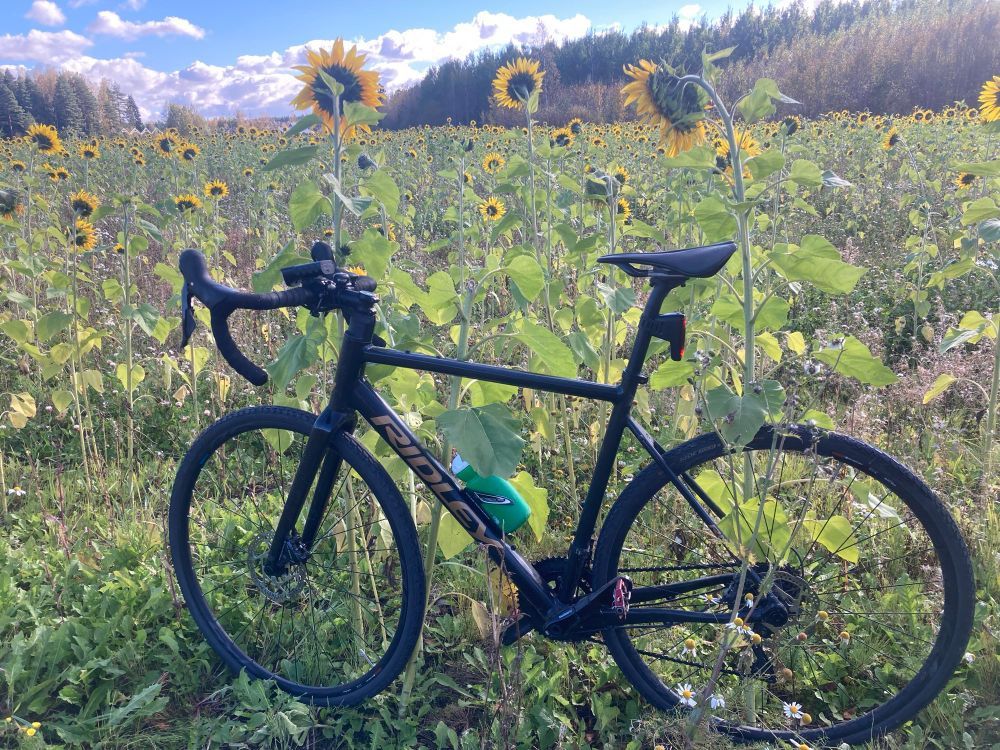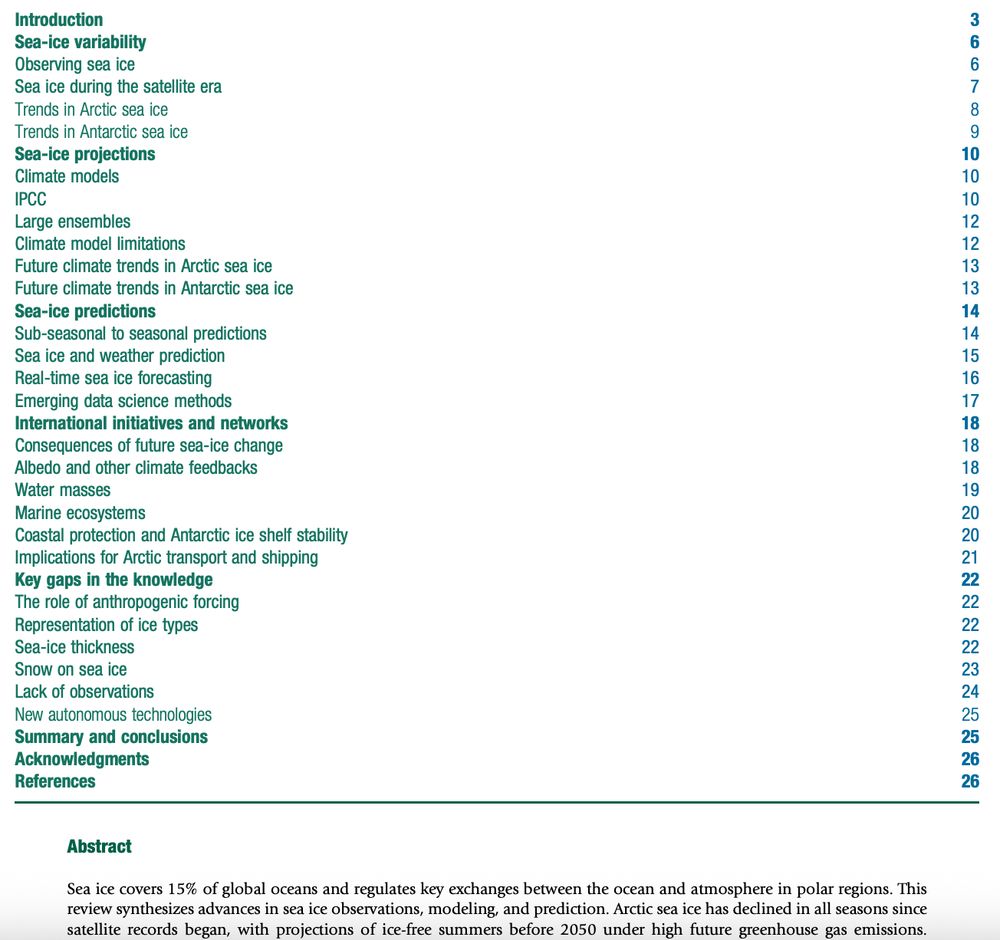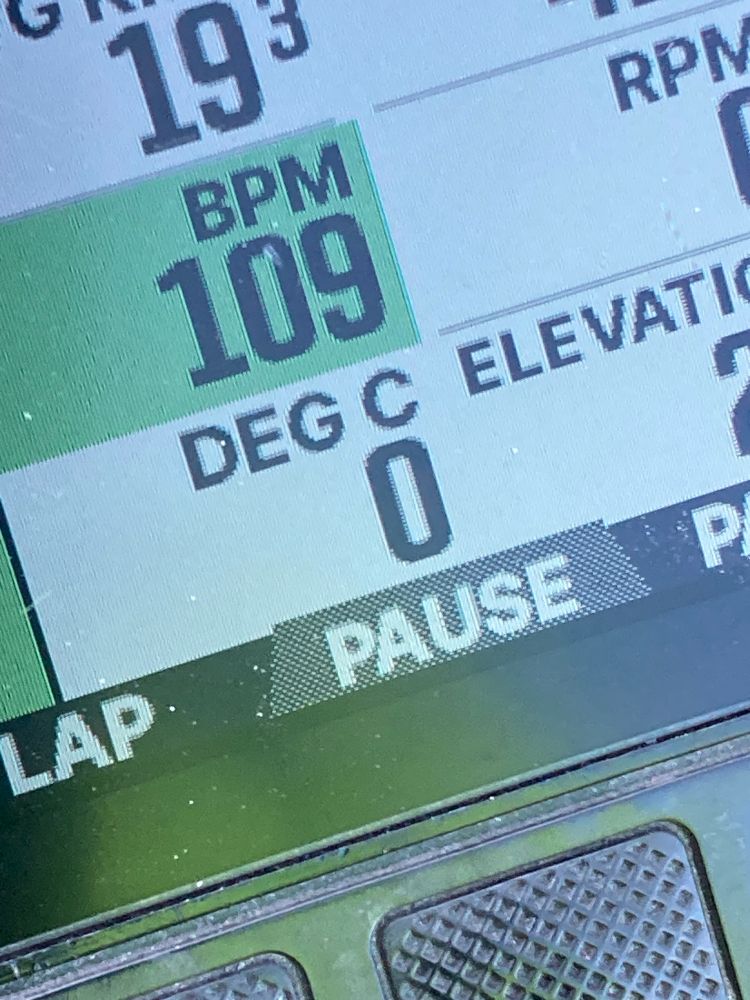New insight into the degradation of #plastics in marine systems
Reposted by: David N. Thomas
Reposted by: David N. Thomas
Reanimating the sacrifice zone: Mechanisms of harm and healing in Yellowknife
Open access link: link.springer.com/article/10.1...

Reposted by: David N. Thomas
Tea for two: India’s commodity agroforests as coexistence landscapes for the endangered Asiatic wild dogs and people
link: link.springer.com/article/10.1...

by David N. Thomas — Reposted by: David N. Thomas
Following up on ⬇️ below - Here's our current top #Helsinki places for coffee & .........
(N.B. not in order)
Café Briossi
Pitkäkosken ulkoilumaja (a little out of the way)
Ekberg Café
Konditoria Hopia
Café Viola
Café Compass
Café Mutteri
- a remarkable (very) small cafe experience that is among the best that #Helsinki has to offer

by David N. Thomas — Reposted by: David N. Thomas

Reposted by: David N. Thomas
Policy and regulatory measures supporting the implementation of nature-based solutions in urban stormwater management of private properties: Insights from Finland
open access link: link.springer.com/article/10.1...

Reposted by: David N. Thomas
Community-based approach to detect and predict conflicts with large carnivores in human-dominated landscape
Open access link:
link.springer.com/article/10.1...

Reposted by: David N. Thomas
Prescribed burning for boreal forest restoration: Evaluating challenges and conservation outcomes
open access link: link.springer.com/article/10.1...

Reposted by: David N. Thomas
Designing gender-inclusive data systems in small-scale fisheries
open access link:
link.springer.com/article/10.1...

Reposted by: David N. Thomas
The best laid plans: How do adopted city sustainability goals influence site-level action in urban forestry?
open access link: link.springer.com/article/10.1...

Reposted by: David N. Thomas
Assessing the implications of organised illegal and informal mining activities on the environment in South Africa
Open access link: link.springer.com/article/10.1...

by David N. Thomas — Reposted by: David N. Thomas
where since 1 May 39,692 cyclists have logged all of their daily kms on the 🚲
So far >27 million kms recorded in the 5 months
Equivalent to 1.9 million L of gasoline or 4.8 million kg CO2 + huge health benefits
#cycling works

Reposted by: David N. Thomas
🚢 Are you a passionate researcher ready to tackle climate change? Dive into the ERC-funded Deep-C project in Aix-en-Provence, France!
⬇️

Reposted by: David N. Thomas
#DataViz #SciComm #OpenScience #OpenData #ClimateChange

by David N. Thomas — Reposted by: David N. Thomas

Reposted by: David N. Thomas

Reposted by: David N. Thomas
Environmental considerations for post-war reconstruction of Gaza
Open access link: link.springer.com/article/10.1...

by David N. Thomas — Reposted by: David N. Thomas
#WinterCycling is starting


by David N. Thomas — Reposted by: David N. Thomas


Reposted by: David N. Thomas
Land market feedback from land acquisition influences the prioritization of protected area networks
Link: link.springer.com/article/10.1...

by David N. Thomas — Reposted by: David N. Thomas
Reposted by: David N. Thomas
For 20+ years, Argo has transformed how we see the ocean:
🌊 RT global observations
🌍 data for climate models
🤝 governance & sustainability debates
In the Anthropocene, Argo is global knowledge for society and the planet.

by UN Environment — Reposted by: David N. Thomas, Scott C. Doney, Els Torreele , and 1 more David N. Thomas, Scott C. Doney, Els Torreele, UN Environment
“Our ocean is the foundation of our very existence. Today we took an important step forward to save our ocean, & to save our future” - ED @ingerandersen.bsky.social

Reposted by: David N. Thomas
Plastic pollution in the Amazon: The first comprehensive and structured scoping review
Open access link: link.springer.com/article/10.1...




